The Pastor and the Multicultural Church
Author: Timothy Harris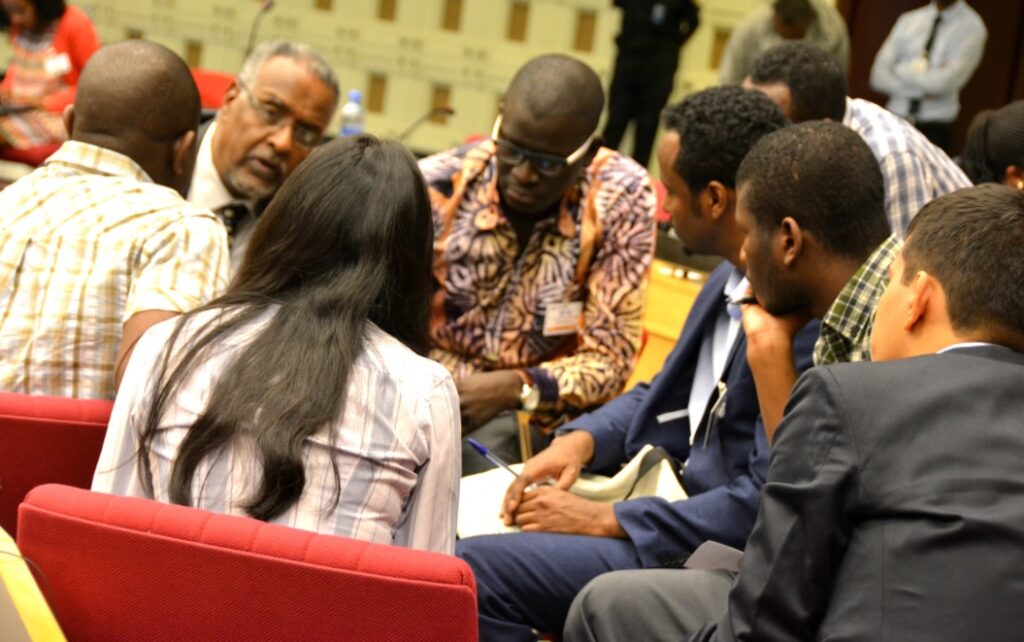
The homogenous church was the prevailing church-growth philosophy when I was in seminary during the mid-1980s. At the time, the data indicated that the fastest and most efficient way to plant and grow a church was to focus on one specific demographic. On an academic level this made sense. On a personal level, I was already part of a church that had the seeds of becoming fully multicultural. Although we were small and predominately Caucasian, we had a number of Hispanics, Asian Indians, and both African-American and Caribbean Blacks worshipping with us. I began to sense that a healthy church, unless set in a strictly homogenous environment, needs to reflect the diversity of its surrounding community. This conviction has grown through the years. Today, multiculturalism is even more pronounced than it was in the mid-1980s, especially in urban centers. Today, some of the fastest growing churches in the U.S. are multicultural.
In the late 1990s, I began pastoring a multicultural church just outside of New York City. Unlike most of the churches in the community, which were either white, black, Asian, or Hispanic, this church was already diverse with whites, blacks, Hispanics, and others worshipping together. And, over the next 12 years, this diversity increased as people from all over the globe continued to join us. Eventually, there was no racial or ethnic majority. It became a congregation with people from every corner of the world (except for maybe Antarctica).
Pastoring such a church is quite energizing. Every time the church gathers for worship, it illustrates what heaven will be like — people of every nation and tongue worshipping God. Not only that, but multicultural churches have incredible potential for growth. In a truly diverse church, no one feels like an outsider because of the color of their skin or because they speak English with a bit of an accent (or don’t).
On the other hand, people gathering from so many cultures, backgrounds, and nationalities can pose a challenge for the pastor because racial and ethnic diversity brings a diversity of expectations, cultural norms, and religious traditions. How does a pastor lead a church made up of people from every tribe and nation? Here are a few practical lessons I have learned while pastoring a multicultural church.
IT’S JUST NATURAL: CELEBRATE DIVERSITY CAREFULLY
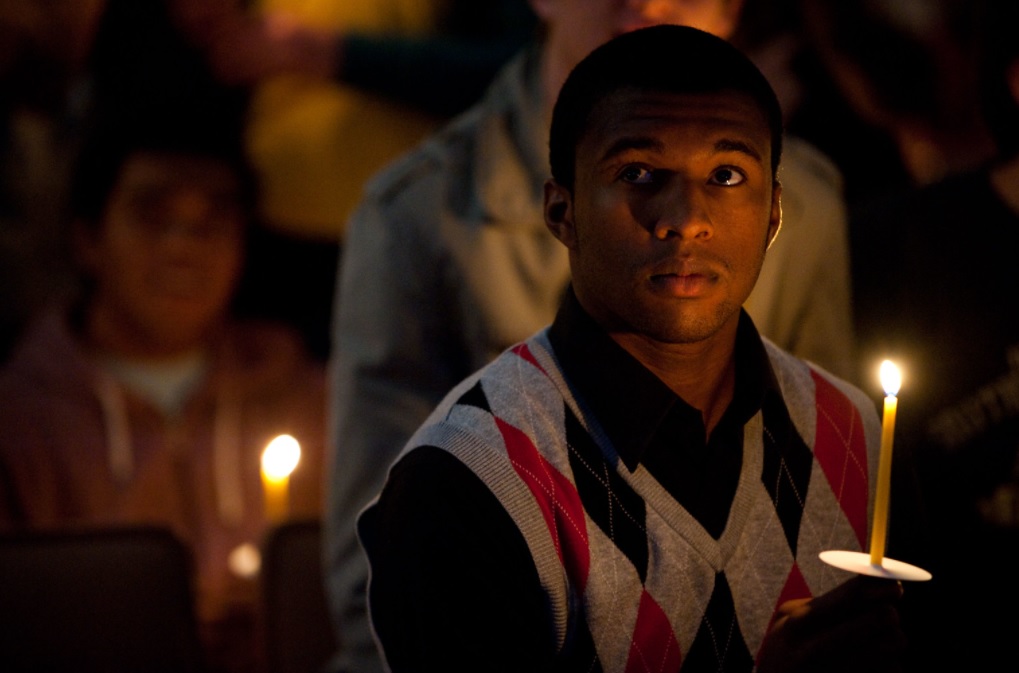 Nearly every time we have hosted a guest evangelist or missionary, they would comment on the diversity of the church. After a while, the congregation became tiresome of the constant reminder. Those who attend the church see their diversity as who they are. Highlighting the church’s diversity too frequently made it appear artificial.
Nearly every time we have hosted a guest evangelist or missionary, they would comment on the diversity of the church. After a while, the congregation became tiresome of the constant reminder. Those who attend the church see their diversity as who they are. Highlighting the church’s diversity too frequently made it appear artificial.
Although the multicultural church and pastor will highlight and celebrate its diversity periodically, it is not wise to emphasize it too often. Rather, the pastor needs to look for truly meaningful ways to celebrate the church’s diversity. For example, a missions banquet can focus on a particular part of the world by having people from various nations lead it. Musical presentations can represent a particular ethnic/national group within the congregation. Have someone from the various languages represented read Scripture. These are just a few ways of celebrating a church’s diversity without making it appear contrived. Of course, everyone loves an international potluck.
A PLACE WHERE ALL ARE WELCOME: CREATE AN INCLUSIVE CULTURE
The multicultural pastor should not allow any one cultural, ethnic, or racial group to dominate the church’s style of ministry (e.g. music, structure, or forms of prayer). Rather, the church’s style of ministry needs to remain broad enough to minister to all people groups represented. However, some individuals may leave the church in favor of a place of worship that is more connected to their culture or language. However, the majority of people who are part of a multicultural church are there because they appreciate being part of something larger than their own culture. Families in a multicultural church are interested in their children learning to appreciate what it means to be part of a larger culture. The multicultural church must do all it can to create an inclusive culture — i.e. one in which every people group feels welcome.
EVERYONE WANTS RESPECT: DEMONSTRATE RESPECT FOR ALL PEOPLE
People do not want to be stereotyped or looked down on because of their skin color or from where they come. The multicultural pastor needs to lead the way in showing proper respect for each people group and culture represented within the church. This means being sensitive to people, never demeaning any particular culture, or making jokes about people who do things differently or speak a different language.
The pastor and church may even want to find ways to communicate that they respect the fact people speak languages other than English. One way to do this is to sing songs in multiple languages. We sing songs in both Spanish and English. Spanish is easy for most people to follow on a screen (it is read phonetically). After a service, in which I led a song first in English then in Spanish, a man came up to me with tears in his eyes. He said singing in his native language (Spanish) let him know how much I loved and respected him. This can be done with other languages as well. Blessing the various people groups within the church by communicating in their native language sends a larger message. It says, we respect the fact you speak another language. It also says, we do not believe English is the only valid language.
Another way to show respect for different racial and ethnic groups is to regularly pray publicly for their native country. Periodically our prayer meetings focus on praying for various parts of the world. People are blessed to know that their pastor and church are praying for their nation of origin. Should one of those nations experience a natural disaster or war, it is important for the pastor to lead the church, not only in prayer, but also in sending material help.
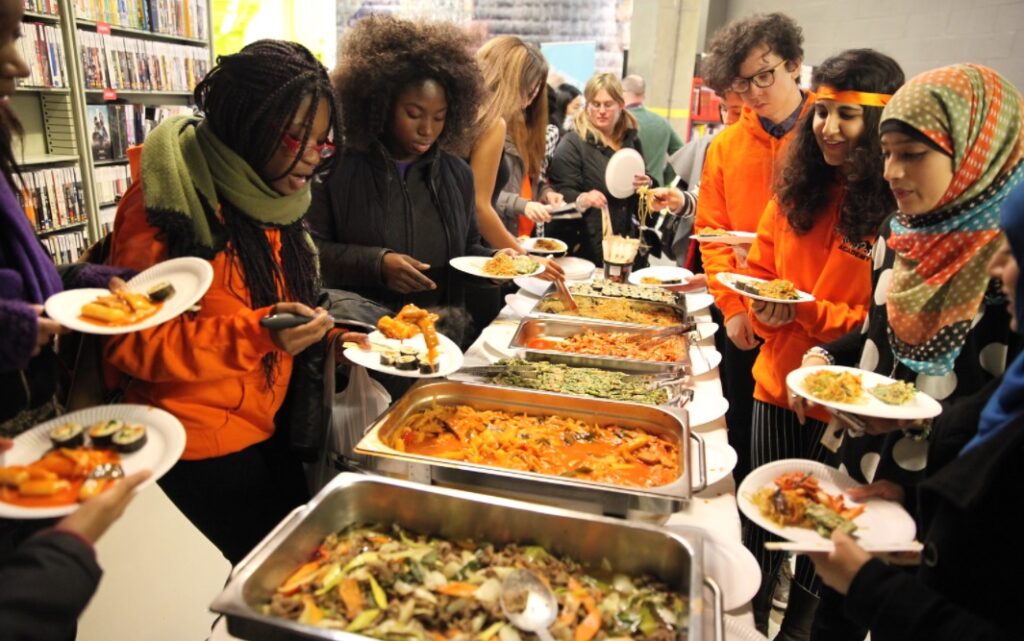
GETTING TO KNOW YOU: LEARN THE CULTURES OF THE PEOPLE
I will never forget the first time a Nigerian family asked me to do a baby-naming ceremony, a custom in which the pastor not only prays a blessing over the newborn but also pronounces the baby’s name for the very first time. At the time I had no idea what it was or how to do it. With the help of the family, however, I quickly learned. It was a great occasion to celebrate not only the baby’s birth, but his name as well. After that, I found myself doing a naming ceremony just about every year.
The pastor of the multicultural church must learn various cultural norms, especially those that are important to major life passages — such as the birth of children, marriages, or funerals — and allow some of those cultural norms to become part of his ministry to the people. I learned to be flexible, often adapting the way I did funerals or weddings to bring elements of the families’ culture into the ceremonies at hand.
The pastor may also need to help people separate parts of their cultural traditions in favor of true Christian faith and practice. After doing a funeral for a Christian woman and speaking about the wonderful hope we have in Christ, I had to bring a mild rebuke to some of the people in attendance for falling back into their cultural norms — norms that led them to weep and wail uncontrollably, throwing themselves onto the floor and possibly into the grave. As pastor, it was my responsibility to let them know that although their behavior may have been the norm within their culture, it was not appropriate for those who “do not grieve as those who have no hope.”
Finally, the pastor must be careful not to assume that because people come from the same nation they are all the same ethnically or culturally. For a time I did not realize that some of the people in our church from West Africa came from tribes that had been at war with each other. The same was true of people in the congregation from Sri Lanka. Not only did the two ethnic groups speak different languages, they had been at war with each for many years over control of the nation. It was my responsibility to unite all peoples under a larger banner — the banner of Christ.
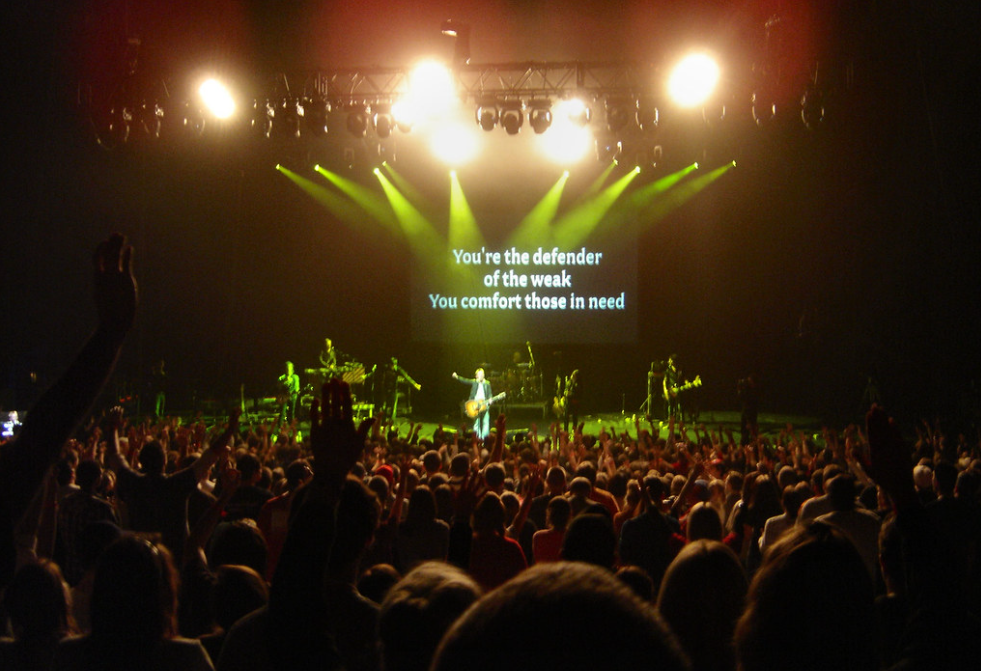
WHEN IN ROME: PARTICIPATE IN THE CUSTOMS OF THE PEOPLE
A multicultural church pastor will adjust to an array of foods. Like the missionary on foreign soil, the pastor must remember that one of the ways people share their lives is by sharing their foods. Food becomes a way for the pastor to connect with people. Because of the exposure my family has had to many different foods, my teenage children now crave foods such as Jamaican patties, Korean seaweed rolls, Philippino spring rolls, Indian curry, and Columbian rice and beans. Of course, the people of the church love to hear that we do enjoy their foods, even when we are not with them.
Church members also love it when my wife and I wear their traditional clothing. When traveling to their homelands, they often return with traditional outfits for my wife and me. Right now my closet is filled with clothing from just about every part of the world. When the occasion is right — a missions banquet or some other event — we make sure to wear one of the outfits.
When I do a wedding for a couple whose family speaks another language, I bring a greeting in their language, even if I have to read it. My Korean or Malayalam accent is not great, but the people appreciate that I at least tried.
IT’S IN THE BLEND: TAP INTO A VARIETY OF MUSICAL STYLES
Singing and worshipping in the multicultural church is a dynamic experience. From Sunday to Sunday the energy is almost explosive as people from all around the world lift up their voices in praise to God. Those leading worship purposefully choose music that represents a diversity of musical styles. This means singing not only Hillsong or Chris Tomlin-style music, but also music that draws upon black gospel, Latin, Caribbean, and African rhythms, and possibly even some old time camp-meeting music. Hymns are also incorporated into the worship. And from time to time, I bring in special music groups from different parts of the world.
DON’T ASSUME TOO MUCH: DON’T TAKE ANYTHING FOR GRANTED WHEN PREACHING
I am very aware that my congregation is filled with immigrants. I do not assume everyone has the same understanding of American history, American culture, or similar childhood experiences.
In some settings, I can speak freely about growing up with “I Love Lucy” or “The Brady Bunch” reruns. Many in the congregation are completely unaware of these programs. At other times, I’m reminded that multicultural differences exist even when people of different racial and ethnic groups are born in the U.S. This affects the types of illustrations I use in my preaching, how much background information I give when describing a particular situation, and the kinds of assumptions I make of people as I prepare my sermons.
People from diverse backgrounds are exposed to a wide range of preaching styles and “theological insinuations” — i.e. teachings that are not explicit doctrines but are communicated as if they are. I cannot assume that everyone in the congregation understands Bible doctrine as I do. The pastor of the multicultural church needs to be clear in his or her preaching and teaching, sometimes taking time to explain what is otherwise assumed as common knowledge.
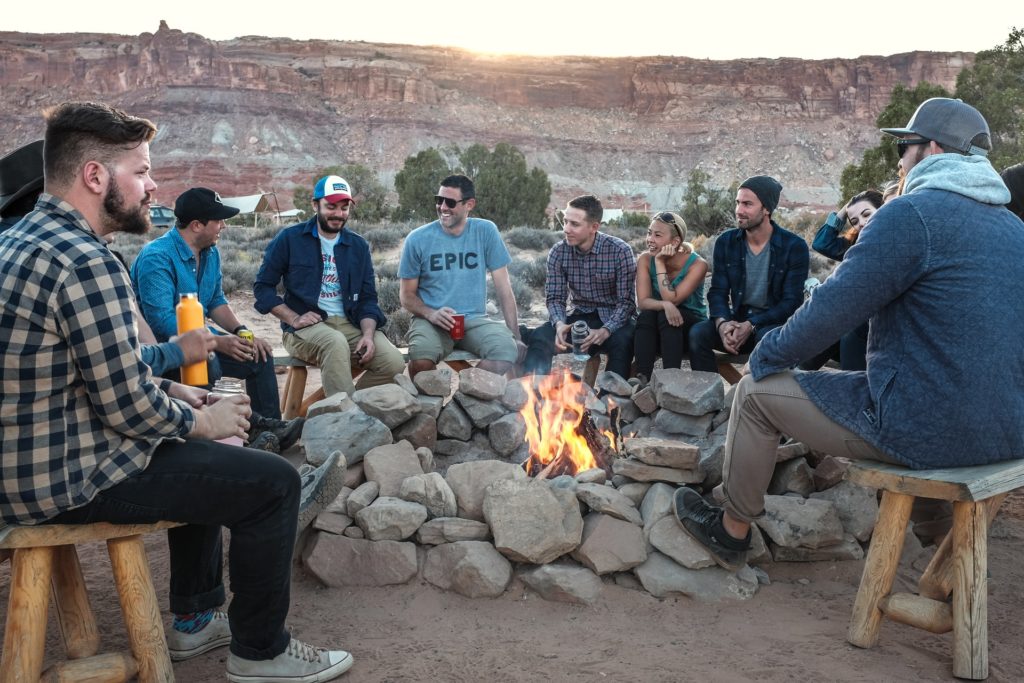
KEEPING FIRST THINGS FIRST: REMEMBER IT’S ABOUT THE PEOPLE, NOT THE ISSUES
I am very sensitive to the needs of immigrants within the congregation. I lead the church in developing strategies to help new immigrants integrate into both the church and the culture. ESL classes, translation systems, and help with immigration issues are ways to minister to those coming to our shores. As well, the pastor needs to put aside personal political feelings on the immigration debate and simply serve the needs of the people. The pastor is called to minister to people no matter who they are, where they are from, and what their immigration status is.
BIRDS OF A FEATHER FLOCK TOGETHER: REALIZE PEOPLE OF SIMILAR BACKGROUNDS WILL NATURALLY DEVELOP RELATIONSHIPS
People of similar ethnic/national/language backgrounds are naturally attracted to each other and will form friendships more easily. The relationships they develop with others of similar language and ethnicities keeps them tied to the church and helps bring others of similar background into the church. This flocking together helps the church to grow and fulfill its mission as a multicultural church.
The pastor and/or leadership will need to determine when, or if, it is strategically appropriate to allow a particular ethnic/language group to form its own Bible study or home fellowship group. Reasons for allowing such groups to form may include common language issues related to Bible study, prayer, and the ease of connecting with others for the purpose of evangelism and discipleship. These issues will need to be worked through with great sensitivity to all involved. In the end, however, the church’s overall health must remain primary.
A PICTURE IS WORTH A THOUSAND WORDS: CHOOSE THE RIGHT VISUALS
Many churches rely on visuals (e.g. videos, PowerPoint presentations, web sites, bulletins, etc.) to communicate its message or deliver announcements.
It is important to include pictures that show ethnic and racial diversity. I use videos to highlight various holidays like Mother’s Day, Father’s Day, Independence Day, and Christmas. These videos reflect the diversity of people in the church. We are also careful to use appropriate pictures of people on our web site, mailers, bulletin covers, etc. that represent the diversity in the church.
DIFFERENT STRIPES: SEEK DIVERSITY IN LEADERSHIP
One of the most important aspects of a truly multicultural church is the diversity of those in leadership and platform ministry. This does not happen best by setting quotas. It happens by providing opportunities for all who are part of the church to be involved in every aspect of church life. As opportunities for leadership are available to all who attend the church, choose based on gifts and God-given talents, rather than skin color or racial/ethnic background. A natural process will bring diversity to the church board, those who speak from the pulpit, those who participate on worship teams, sing in the choir, and lead the church’s ministries. God has gifted people of every shade of color to administer His gifts to the church.
It is also desirable to have diversity when hiring pastoral and support staff. It is important that those hired, especially pastoral staff, have not only the proper pastoral gifts, but also the ability to relate to the diversity represented in the church. Those doing the hiring may need to question potential new staff regarding any personal convictions or attitudes that may hinder their ministry in such a church. For example, when searching for a new pastoral staff member, I often ask, “How do you feel about interracial marriage?” In a church such as ours interracial marriage is not uncommon.
WELL WORTH IT
The multicultural church is not always the easiest church to pastor. The coming together of people from different backgrounds means a diversity of expectations and cultural norms. It requires extra thought and work on the part of the pastor. Yet, the gathering of people from every tribe and nation leads to excitement and momentum that is well worth the effort. With the growing diversity of American society, more than ever before, it is the multicultural church that has the greatest potential to represent to the world what the kingdom of God is like.
“After this I looked and there before me was a great multitude that no one could count, from every nation, tribe, people and language, standing before the throne and in front of the Lamb” (Revelation 7:9).
Timothy Harris, was pastoring Englewood A/G in Englewood, New Jersey at the time he wrote this article. He is currently lead pastor at Promise International Fellowship, Queens, New York.
